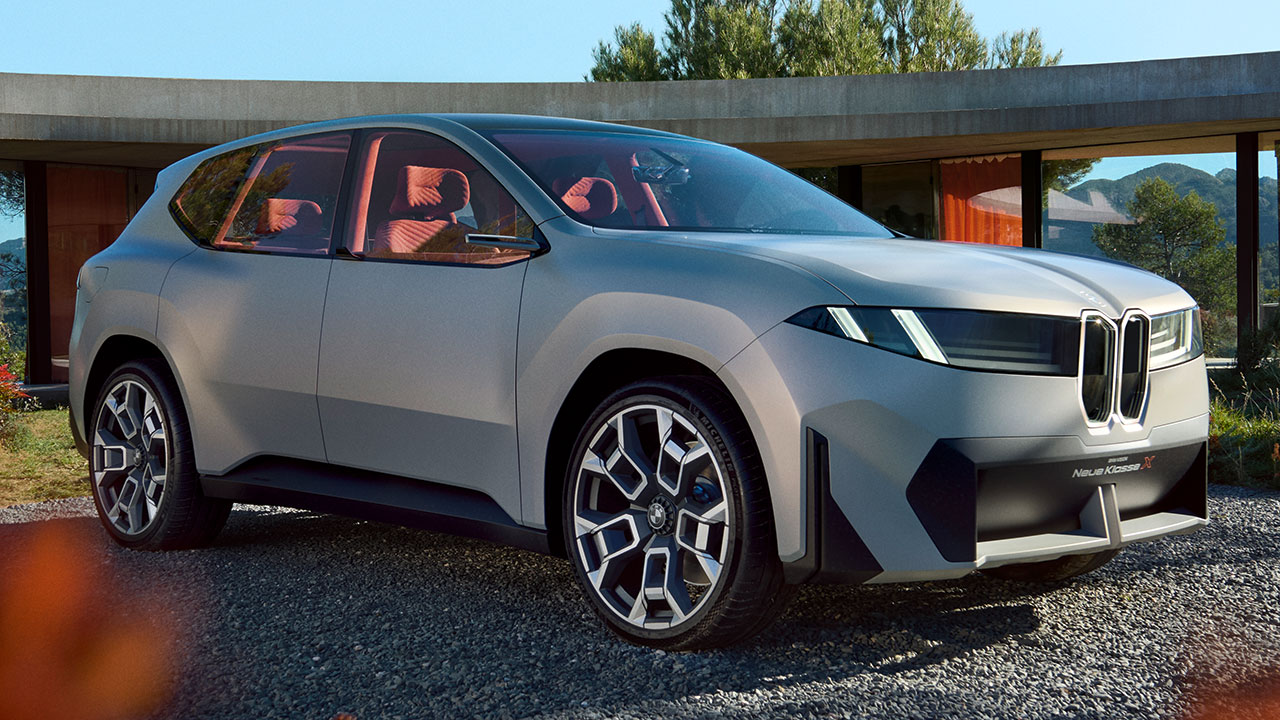BMW presented a picture of the brand's future as a sedan with the BMW Vision Neue Klasse at IAA 2023. The latest Vision Vehicle now illustrates how BMW sees the future of its X models. If the Vision Neue Klasse concept sedan is tomorrow’s 3 Series, the Vision Neue Klasse X seen here can be understood as tomorrow's X3.
BMW wants us to focus on what this EV means for the brand, but the styling cannot be ignored. The company itself describes the design language as being “pared-down,” which may be proof the designers have finally heard the public’s pleas to create something a with a smaller grille.
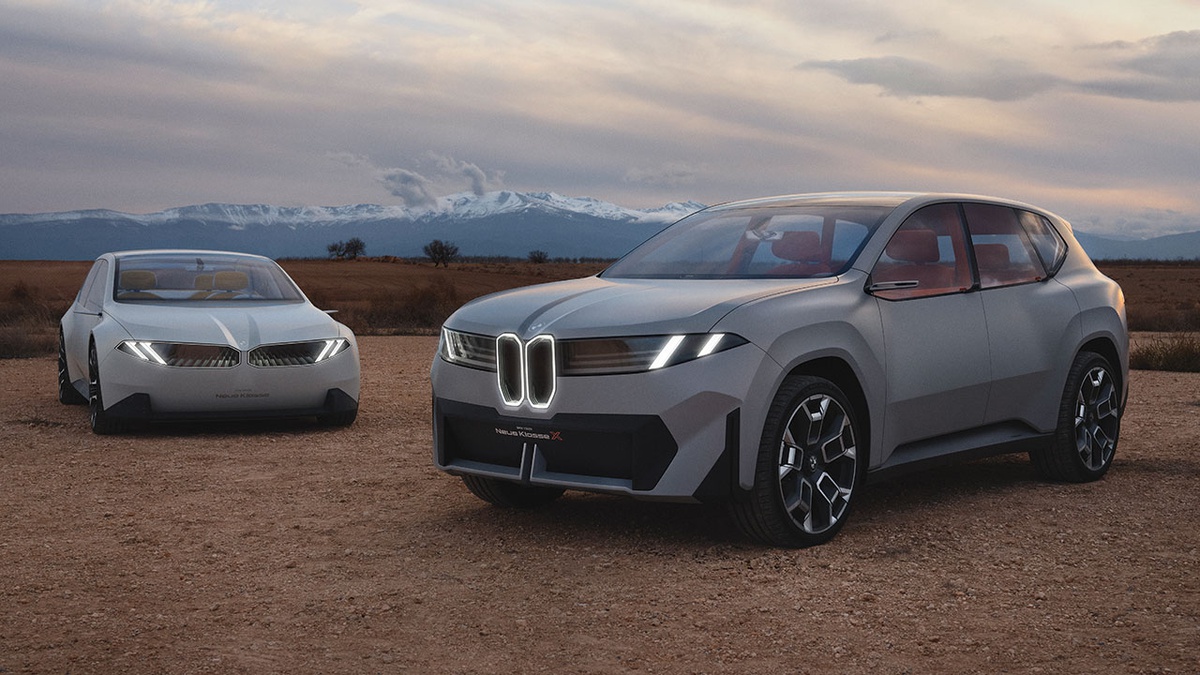
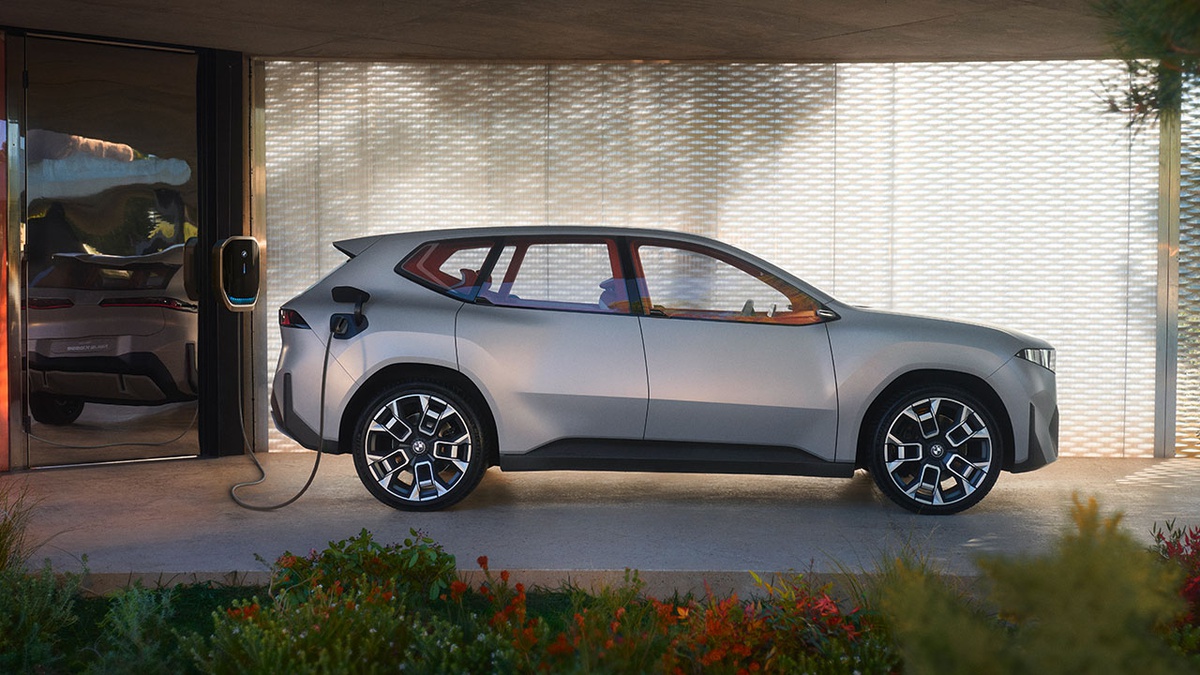

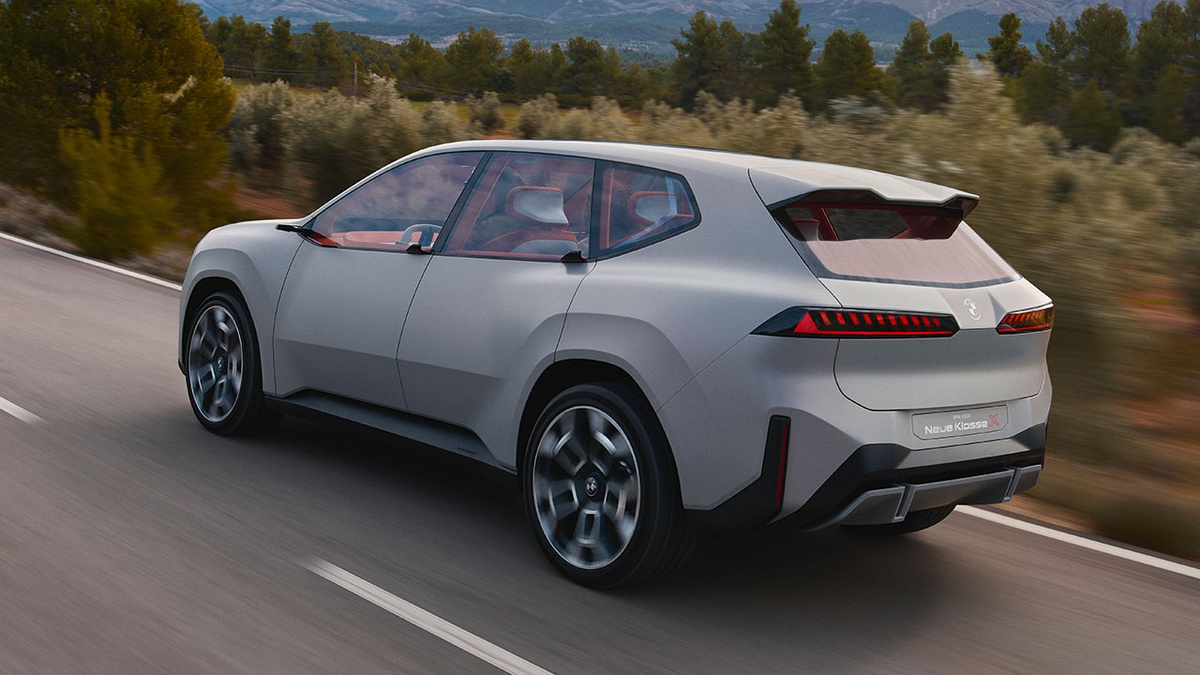
BMW Vision Neue Klasse X
The Vision Neue Klasse X has a thin kidney grille at the front, reminiscent of classic BMWs such as the 2002 and the original Neue Klasse sedan from the 1960s. The BMW grilles light up, as is typical of modern BMWs. The kidneys have been deeply sculpted, giving the appearance of a 3D printed model.
"Together with the BMW Vision Neue Klasse, the BMW Vision Neue Klasse X showcases the breadth of our future BMW model lineup," said Oliver Zipse, Chairman of the Board of Management of BMW AG, in a statement. "In this way, we are underlining that the Neue Klasse is much more than just a car or a specific concept; it is redefining the BMW brand—and, at the same time, will be more BMW than ever."
BMW is bringing a new, EV-specific software strategy to the Vision Neue Klasse. In the typical internal-combustion vehicle, each system—engine, transmission, stability management, adaptive suspension—is controlled by its own ECU. Tweaking the vehicle’s performance in real-time involves lots of communication between these discrete computers.
BMW says the Neue Klasse platform will get rid of conventional system-specific ECUs in favor of "super-brains"—"high-performance computers working smartly together on what, up until now, was processed separately," said Frank Weber, member of the Board of Management of BMW AG, in a press statement. Each super-brain will have up to 10 times the computing power of a conventional ECU.

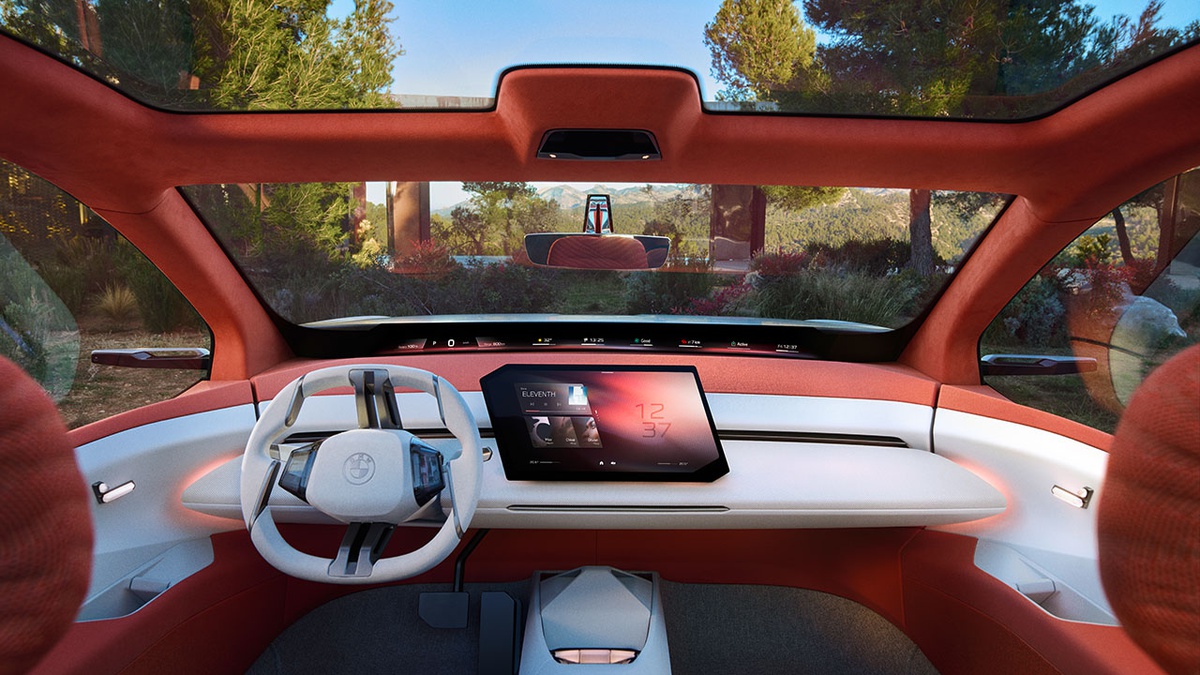
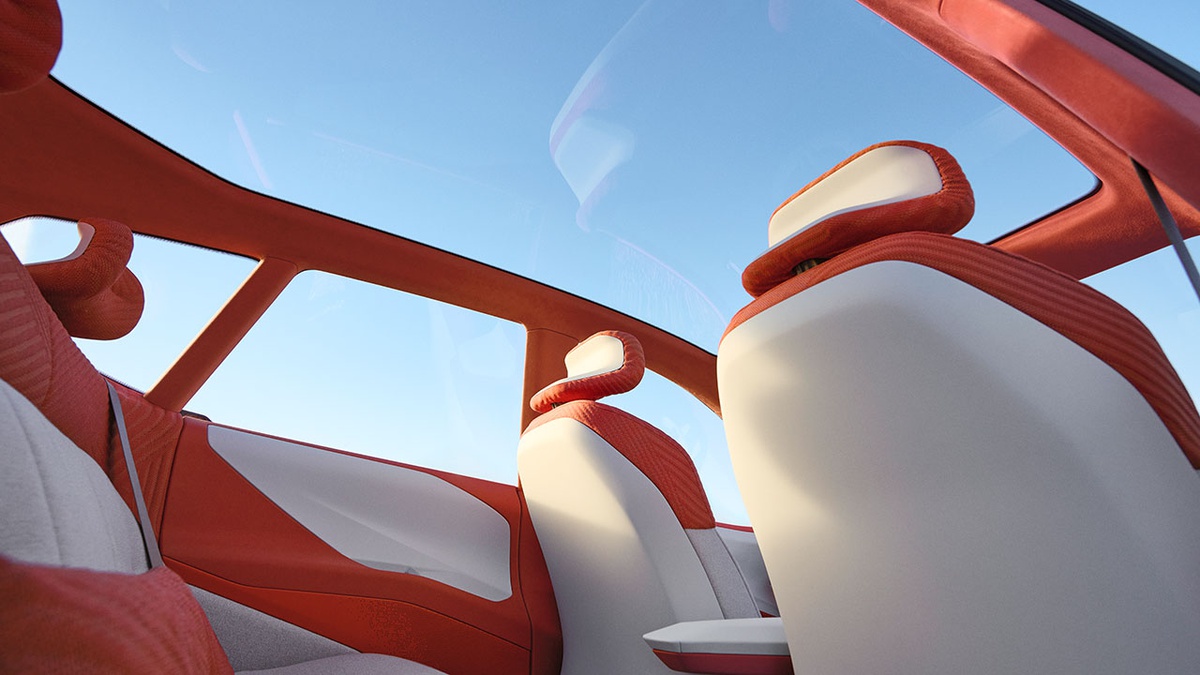
BMW Vision Neue Klasse X
This will allow one super-brain to control all facets of driving dynamics, from torque delivery to traction management to suspension behavior or drive-mode adjustments. Another super-brain will handle all aspects of automated driving, from the sensor suite to GPS route navigation to steering and braking. BMW promises that this super-brain setup will improve processing power and speed, while simplifying the electronic architecture of the vehicle and reducing the size and weight of required hardware.
"The result will be more dynamic performance, more precision, more efficiency and even more fun to drive," Weber said in his statement.
BMW says the Neue Klasse EVs will use an all-new sixth-generation version of the company’s eDrive propulsion technology. New, round lithium-ion batteries promise 20 percent more energy density than the current prismatic cells, and BMW says the Neue Klasse vehicles will use 800-volt architecture for rapid charging, enabling 300 km (186 miles) of battery range with a 10-minute plug-in. Power and performance figures were not given for the Vision Neue Klasse X.
The production version of the Neue Klasse X, which will very likely become the second-generation iX3, will roll out of BMW’s Debrecen plant in Hungary next year.
Source: BMW
